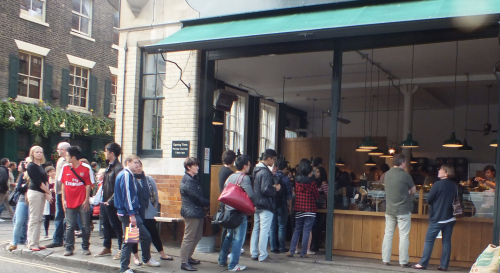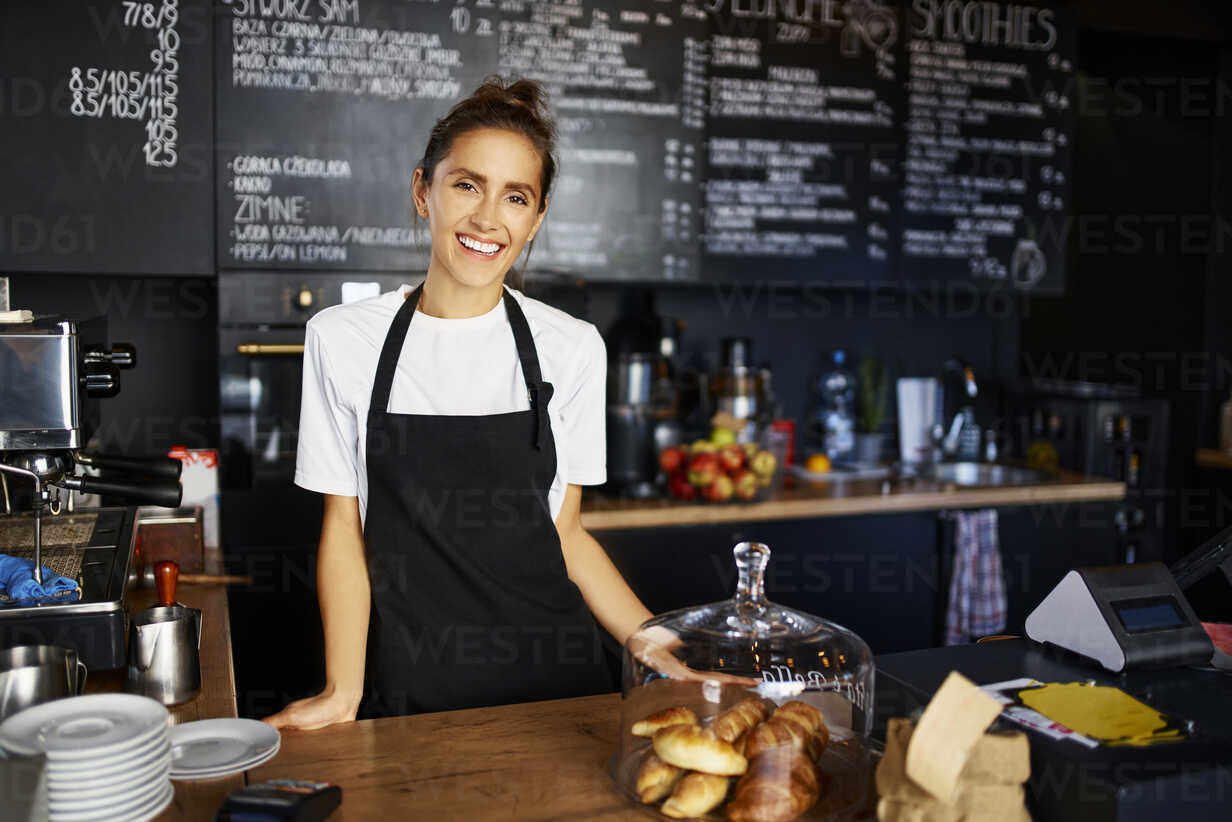Customer Service, smart technology, and human interaction, where are we heading?
With the advent of smartphones, apps, self-check-outs, virtual stores, and a dizzying array of amazing technologies the face of retail has changed dramatically over the past 20 years. Has this change been for the better regarding Customer Service delivery? The simple answer is Yes, and No. Let’s explore this dichotomy a little further.
 Great Customer service combines technology and human interaction – it’s not an either-or solution
Great Customer service combines technology and human interaction – it’s not an either-or solution
The new question in providing great customer service revolves around what is best … personal human interaction or quick, efficient technology? In reality, smart businesses use both. The challenge is to balance efficiency, convenience, and time-saving with a satisfying personal experience that ensures you get what pay for and have your expectations exceeded.
As social beings, we respond to personal interactions and being acknowledged as the individuals that we all are. We all have our horror stories with poor service in a Restaurant, Department store, Bank, or anywhere where we purchase goods or a service. When you really come down to it these bad experiences can come to you face to face, on the phone, or even online where what you receive doesn’t match the nice picture from which you made your decision purchase.
There are undoubted efficiencies in businesses using Artificial Intelligence (AI) through Chatbox, online ordering, social media, and instore automation. The advent of self-checkouts, automated responses such as the virtual assistant, smart apps, and online shopping has seen a dramatic reduction in staffing levels in retail and hospitality, and service centres in recent years.
However, will technology replace human interaction to provide a more satisfying customer experience? The answer lies somewhere between technological efficiency and human empathy and personalised attention. Technology can be coldly efficient and impersonal and personal human service can be poorly delivered by disinterested staff so whatever the service solution or combination of service the solution has to be spot on. The not-negotiable outcome must be that the customer comes away with the product and service they paid for in the easiest, friendliest and most enjoyable manner which is humanly, and technologically possible!
We have all become conditioned to technology driving the agenda when it comes to purchases of goods and services regardless be it online or in-store. We queue to pay the counter for a $35 Steak, we look around in despair trying to find someone who will provide service in a Department store, we hang on the phone for hours and then talk to a call centre in the Philipines to get our Phone plan changed or our Cable TV installed. Even 5 Star Hotels encourage pre-registration and no contact check-in. No wonder we are shocked when we have a friendly voice greet us in person or on the phone saying “can I help you”? … and actually, mean it!
 McDonald’s automated ordering kiosk, convenient and cost-saving but isn’t it nicer to have a bright-eyed smiling Food Service team member ask you “would you like fries with that?”
McDonald’s automated ordering kiosk, convenient and cost-saving but isn’t it nicer to have a bright-eyed smiling Food Service team member ask you “would you like fries with that?”
 Whatever happened to good old-fashioned table service? Forcing people to queue to save labour costs is a false economic action – give me a great table service attendant who can recommend and upsell any day and I’ll show you increased revenue.
Whatever happened to good old-fashioned table service? Forcing people to queue to save labour costs is a false economic action – give me a great table service attendant who can recommend and upsell any day and I’ll show you increased revenue.
So what is the future of genuine “good old fashioned customer service and why are levels of satisfaction with service declining in direct proportion to the technology purporting to deliver a better customer experience increasing?
It all started with the automated teller machine, first invented in London 50 years ago, in 1967. A few decades later, the self-service till was invented by David R Humble, inspired by standing in a long grocery checkout line in south Florida in 1984. The tills became popular in the 1990s. By 2013, there were over 200,000 in stores throughout the world and their numbers are expected to reach 325,000 by 2021.
It’s easy to see why they’re so popular with vendors: having customers do some work themselves means less overhead. At airport check-in, for instance, the cost to process a passenger through an electronic terminal (25 cents) is a fraction of what it costs the airline with a staffed desk ($3). However, what will drive customer loyalty and business profits, automation or human interaction? You must be the judge, however, weigh the implications and considerations carefully!
As a provider of Goods and/or Services it is important to remember the following when planning your approach to customer service:
- Not all businesses have been set up with automation in mind.
- An online business and a brick and mortar business can be completely different.
- Getting a chatbot to replace a human takes careful consideration.
- What will your customer experience on the receiving end?
- What processes does a human do that will be replaced?
- Will you sell and up-sell more efficiently through human interaction?
- Is reducing your labour costs.
- How will you measure those processes and results?
The current Covid 19 epidemic has seen incredible growth in online shopping so it is most important to ensure that fulfillment and delivery are handled efficiently, courteously, and speedily. There is no question this is going to drive the adoption of online shopping, but stores need help managing and fulfilling orders efficiently.
According to Adriana Hamacher technology reporter of the BBC, the world market leader in self-service checkout technologies is US-headquartered NCR. They supply nine out of 10 UK retailers. According to Dusty Lutz, NCR vice president of ‘store transformation’, the new generation of self-service checkouts will provide more “elegant, streamlined solutions.” For instance, by the end of the year, the company is rolling out technology making it easier for shoppers to scan vegetables and fruit. “Instead of looking up an apple in a menu,” explains Lutz, “the system will scan and recognise that it’s an apple, and will present you with items of a similar shape and colour, so you can select the right one.”
They’re also working on tech that will reduce the need for staff to verify a raft of items from alcohol to aerosols. Nearly half the respondents in a 2017 survey (by an online community group, Viewsbank) said they needed assistance every time they used a self-service till. But getting the go-ahead for prior verification entails gaining customer consent, and with that comes a host of trading legislation. It won’t happen anytime soon.
But we will see new, improved models: hybrid systems, “belted checkouts” (self-checkouts with conveyor belts), and sensors – all to warn you if you haven’t taken all your change, and “intelligent cameras”, to prevent items already in your shopping bag letting off the dreaded alarms.
So, the trend may well be more tech – not less. In fact, Amazon recently opened a fully automated store, using a mixture of computer vision, artificial intelligence, and sensors to dispense with checkout altogether.
I do predict, however, that we will be seeing signs of a very different approach to retailing altogether and there will be a swing back, away from the big technology side. Consumers will be demanding an experience that’s more authentic and personalised. So whichever way you look at it everyone will continue to demand great customer service regardless if it is technologically based, humanly delivered, or a combination of both. Poor Service will not be rewarded, great service will reap the rewards, it’s about as simple as that!
Jerry Lissing – Dot Point Customer Service
February 2021



256 Comments